Home>Storage Ideas>Kitchen Storage>Should A Kitchen Island Be Centered? The Design Rules You Should Know


Kitchen Storage
Should A Kitchen Island Be Centered? The Design Rules You Should Know
Modified: September 1, 2024
Discover the design rules you need to know when deciding whether to center your kitchen island. Explore kitchen storage ideas for a functional and stylish space.
(Many of the links in this article redirect to a specific reviewed product. Your purchase of these products through affiliate links helps to generate commission for Storables.com, at no extra cost. Learn more)
Introduction
Welcome to the world of kitchen storage ideas! If you’re looking to optimize the functionality and organization of your kitchen, then you’ve come to the right place. One of the key elements in a well-designed kitchen is the placement of a kitchen island. It serves as a versatile and multipurpose feature that not only expands the workspace but also provides additional storage options.
One question that often arises when designing a kitchen island is whether it should be centered or off-center. The placement of the island can have a significant impact on the overall design, flow, and functionality of your kitchen. In this article, we will explore the pros and cons of centering a kitchen island, as well as the design considerations for both centered and off-center options.
So, let’s dive in and explore the design rules you should know when it comes to deciding whether to center your kitchen island or not.
Key Takeaways:
- Centering a kitchen island provides balance, clear circulation paths, ample workspace, and seating flexibility, but may limit open floor space and storage options. Consider your specific needs and preferences when deciding.
- Whether centered or off-centered, a well-planned kitchen island enhances functionality and aesthetics. Customize the size, traffic flow, lighting, and style to suit your space. Maximize storage, integrate appliances, and create visual interest for a stunning and functional kitchen island.
Pros and Cons of Centering a Kitchen Island
Centering a kitchen island can have both advantages and disadvantages. Understanding these pros and cons will help you make an informed decision when designing your kitchen. Let’s take a closer look:
Pros:
- Balance and symmetry: Centering a kitchen island can create a sense of balance and symmetry in your kitchen design. It provides a visually pleasing focal point, especially in larger kitchens.
- Clear circulation paths: A centered island allows for clear circulation paths around it, making it easy to move around the kitchen. This can be particularly beneficial in open-concept kitchens where multiple people are using the space simultaneously.
- Ample workspace: Centering the island ensures that you have an equal amount of workspace on all sides. This can be especially useful if you enjoy cooking and need plenty of room to prep ingredients and work with multiple appliances simultaneously.
- Seating options: Centered islands offer flexibility for seating arrangements. You can easily place stools or chairs on all sides, creating a welcoming space for family and guests to gather while you cook.
Cons:
- Less open floor space: A centered kitchen island can take up more floor space, especially in smaller kitchens. This can make the kitchen feel cramped or restrict movement if not properly planned.
- Limited storage opportunities: Centered islands may have limited storage opportunities, as cabinets and drawers may need to be placed on only one side. This can be a drawback if you have a large collection of kitchen utensils, cookware, or other items that you need to keep easily accessible.
- Less flexibility in design: Centered islands can limit your options when it comes to layout and design. It may be challenging to incorporate additional features like a built-in sink, cooktop, or integrated appliances without disrupting the symmetry.
Consider these pros and cons carefully to evaluate whether centering your kitchen island aligns with your specific needs and preferences. Don’t worry if you find that centering may not be the best option for you—there are plenty of design considerations and ideas for off-centered kitchen islands that we will explore in the next section.
Design Considerations for a Centered Kitchen Island
When opting for a centered kitchen island, there are several important design considerations to keep in mind. These will help you maximize the functionality and aesthetics of your space. Let’s delve into these key considerations:
1. Size and Proportions:
The size of your kitchen will play a significant role in determining the dimensions of your centered island. Ensure that it complements the overall scale and proportions of the room. It should be neither too large that it overwhelms the space nor too small that it appears insignificant.
2. Traffic Flow:
Consider the flow of traffic in your kitchen when positioning a centered island. Leave enough space for easy movement around it, taking into account the doorways and walkways. This will ensure that the island does not obstruct the flow and accessibility of other areas.
3. Functional Layout:
Plan the layout of your centered island carefully, taking into consideration the functional needs of your kitchen. For instance, placing the sink or cooktop on the island can create an efficient work triangle, allowing for seamless preparation, cooking, and cleaning. Think about the placement of appliances, storage, and seating to optimize the functionality of your island.
4. Lighting:
Proper lighting is crucial in the kitchen, and this holds true for a centered island as well. Install adequate lighting fixtures above the island to ensure that it is well-lit, allowing for easy food preparation and task execution. Pendant lights or a combination of recessed and under-cabinet lighting can create a warm and inviting ambience while providing functional illumination.
5. Aesthetics and Style:
A centered island can serve as a focal point in your kitchen, so it’s essential to choose a design that complements your overall aesthetic. Consider the materials, finishes, and colors that will harmonize with the rest of your kitchen’s decor. Incorporate decorative elements like corbels, paneling, or an eye-catching countertop to enhance the visual appeal of your island.
By paying attention to these design considerations, you can create a well-planned and visually appealing centered kitchen island that enhances both the functionality and aesthetics of your kitchen space.
Design Considerations for an Off-Center Kitchen Island
An off-center kitchen island can offer a unique and dynamic look to your kitchen space. Here are some design considerations to keep in mind if you’re planning on incorporating an off-center island:
1. Alignment with Work Zones:
When designing an off-center island, it’s important to align it with the main work zones in your kitchen. Consider the placement of your sink, cooktop, and refrigerator, as well as the flow of traffic. Positioning the island in close proximity to these areas will enhance the efficiency and functionality of your kitchen.
2. Creating Balance:
An off-center island can create visual interest and a sense of balance when paired with other elements in the kitchen. Consider the placement of other major components, such as cabinets, appliances, and windows, to ensure a harmonious overall design. Play with different shapes and sizes to create an aesthetically pleasing composition.
3. Storage Optimization:
Since an off-center island may not have symmetrical cabinetry and drawers on both sides, it’s important to maximize storage opportunities. Utilize every inch of available space by incorporating custom storage solutions, such as pull-out shelves, vertical dividers, or hanging racks. Consider adding open shelves or decorative baskets for a stylish and accessible storage option.
4. Integration of Appliances:
An off-center island can provide an opportunity to integrate appliances strategically. Consider incorporating a built-in wine cooler, microwave, or even a mini-fridge to enhance the functionality of your island. This can create a designated area for specific tasks or even offer a separate serving and entertaining space.
5. Visual Cohesion:
To ensure a cohesive and well-designed off-center island, pay attention to the visual details. Choose materials, finishes, and colors that complement the overall kitchen design. Aim for a seamless transition between the island and surrounding cabinets or countertops to create a seamless and visually appealing look.
By considering these design elements, you can create a stunning and functional off-center kitchen island that adds a unique touch to your kitchen while maintaining optimal functionality and style.
Determining the Ideal Placement for a Kitchen Island
Choosing the right placement for your kitchen island is crucial for optimizing the functionality and flow of your kitchen. Here are some tips to help you determine the ideal placement:
1. Consider the Work Triangle:
The work triangle, which consists of the sink, cooktop, and refrigerator, is a fundamental concept in kitchen design. Place your kitchen island in a way that allows for easy movement between these key work zones. The island should not disrupt the efficiency of the work triangle and should ideally enhance the workflow by providing additional countertop space or storage near these areas.
2. Analyze the Kitchen Layout:
Assess the overall layout and dimensions of your kitchen to find the most suitable location for your island. In larger kitchens, a centered island may work well as a focal point. In smaller kitchens, an off-center island pushed against a wall or positioned in a corner can maximize space without impeding the flow of traffic.
3. Consider Clearance Space:
Ensure that there is enough clearance space around the island to allow for comfortable movement and access. As a general guideline, leave at least 36 inches (90 cm) between the island and surrounding cabinets or walls. This will allow you to open cabinet doors and maneuver through the kitchen without feeling cramped.
4. Incorporate Seating:
If you plan on including seating at your kitchen island, consider the placement and accessibility of the seats. Leave enough space between the edge of the island and the seating area to allow people to sit comfortably without feeling cramped. This will also ensure that there is enough legroom for those seated at the island.
5. Take Advantage of Views and Natural Light:
If you have windows or scenic views in your kitchen, consider positioning the island to take advantage of these features. It can make cooking and meal prep a more enjoyable experience while enhancing the aesthetics of your kitchen. Additionally, choose a placement that allows for natural light to flood the island area, as it can create a bright and inviting space.
6. Customize to Your Needs:
Every kitchen is unique, so don’t be afraid to customize the placement of your island to suit your specific needs. If you have specific requirements for an island feature, such as a sink, range, or additional storage, position the island accordingly to accommodate those needs.
By considering the work triangle, analyzing your kitchen layout, leaving adequate clearance space, incorporating seating, taking advantage of views and natural light, and customizing to your needs, you can determine the ideal placement for your kitchen island.
Tips for Making an Off-Centered Kitchen Island Work
An off-centered kitchen island can add a unique and stylish element to your kitchen design. Here are some tips to help you make the most of your off-centered island:
1. Create a Focal Point:
Highlight your off-centered island by making it a focal point in your kitchen. Use eye-catching materials, such as a stunning countertop or a statement lighting fixture, to draw attention to the island. This will create a visually appealing and intentional design element.
2. Balance with Symmetry:
Offset the asymmetry of your off-centered island by incorporating symmetrical elements in your kitchen design. Balance the layout by aligning cabinets, appliances, or decorative elements on one side of the island to create visual equilibrium.
3. Maximize Storage Opportunities:
Since an off-centered island may have limited storage options, be creative in maximizing the available space. Utilize the side facing the main work area for storage, with cabinets, drawers, or open shelves. Consider clever storage solutions, such as hanging racks or magnetic strips, to utilize vertical wall space adjacent to the island.
4. Enhance Functionality:
An off-centered island can be enhanced to offer additional functionality. Consider incorporating features like a built-in wine rack, cookbook shelves, or a designated prep sink on the side facing the work area. This will make the island a practical and useful space for specific tasks.
5. Seamless Integration:
Ensure that your off-centered island seamlessly integrates with the rest of the kitchen design. Choose complementary materials, colors, and finishes that harmonize with the surrounding elements. This will create a cohesive and visually appealing look, despite the asymmetry of the island.
6. Add Visual Interest:
Use your off-centered island as an opportunity to add visual interest to your kitchen. Experiment with unique shapes, such as a curved or angled island, to create a dynamic focal point. Incorporate decorative paneling or interesting textures to make the island stand out.
7. Consider Multi-Functional Use:
An off-centered island can serve multiple purposes beyond food preparation. If space allows, utilize the side facing the dining or living area as a serving station or a breakfast bar. Incorporate extra seating or create a cozy nook for lounging around the island.
By following these tips, you can transform your off-centered kitchen island into a functional and visually stunning feature, elevating the overall design of your kitchen space.
Conclusion
Choosing the placement of a kitchen island is an important decision when it comes to optimizing the functionality and aesthetics of your kitchen. Whether you decide to center your island or go for an off-centered design, there are pros and cons to consider. Centering a kitchen island offers balance, symmetry, ample workspace, and flexibility with seating options. On the other hand, an off-centered island can create visual interest, maximize storage opportunities, and add a unique touch to your kitchen.
When designing your kitchen island, consider the size and proportions, traffic flow, functional layout, lighting, and overall style. Determine the ideal placement based on the work triangle, kitchen layout, clearance space, seating options, and views or natural light. Customizing the island to your specific needs will ensure it enhances the functionality of your kitchen.
To make an off-centered kitchen island work, create a focal point, balance with symmetry, maximize storage opportunities, enhance functionality, seamlessly integrate with the rest of the kitchen, add visual interest, and consider multi-functional use. These tips will help you create a stunning off-centered island that becomes a central feature of your kitchen design.
With a deep understanding of the design rules and considerations, you can confidently embark on creating your dream kitchen with the perfect placement for your island. Remember to strike a balance between functionality, aesthetics, and your personal preferences to create a kitchen that is not only beautiful but also practical and efficient.
Now that you have the knowledge and inspiration, it’s time to embark on your kitchen island design journey. Explore different ideas, experiment with layouts, and let your creativity guide you in creating a kitchen space that is both functional and visually appealing.
Frequently Asked Questions about Should A Kitchen Island Be Centered? The Design Rules You Should Know
Was this page helpful?
At Storables.com, we guarantee accurate and reliable information. Our content, validated by Expert Board Contributors, is crafted following stringent Editorial Policies. We're committed to providing you with well-researched, expert-backed insights for all your informational needs.

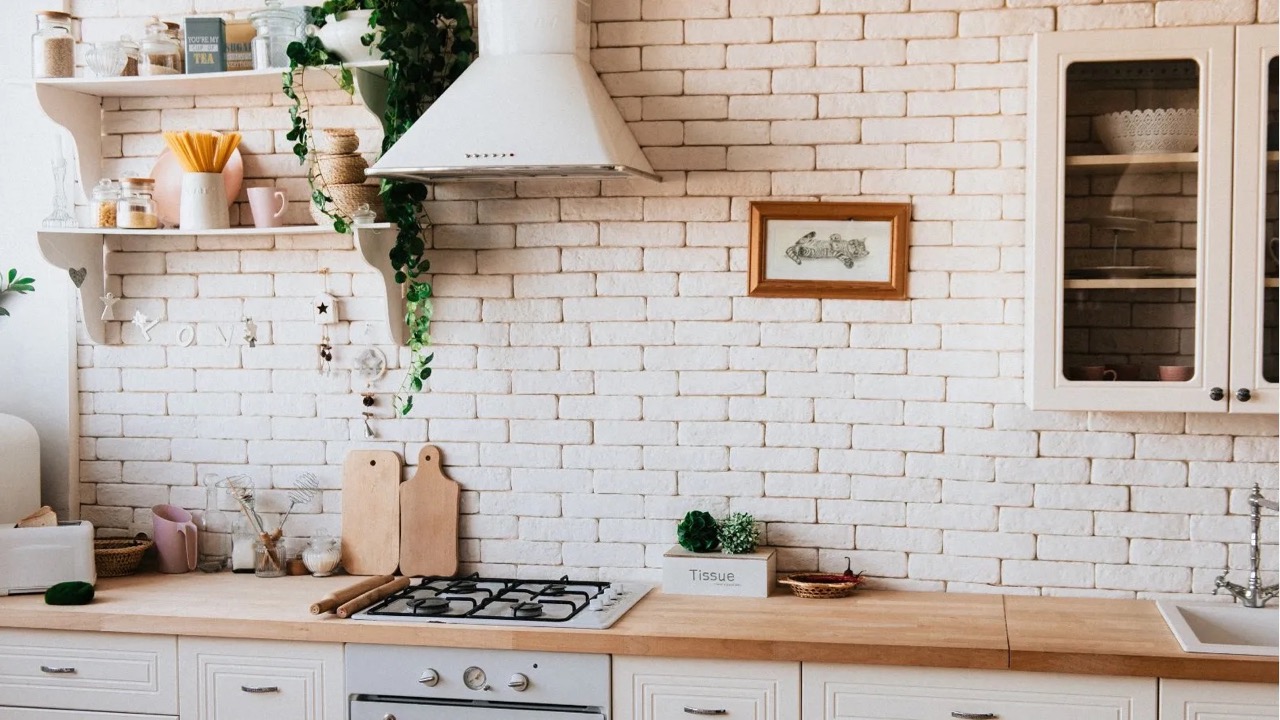
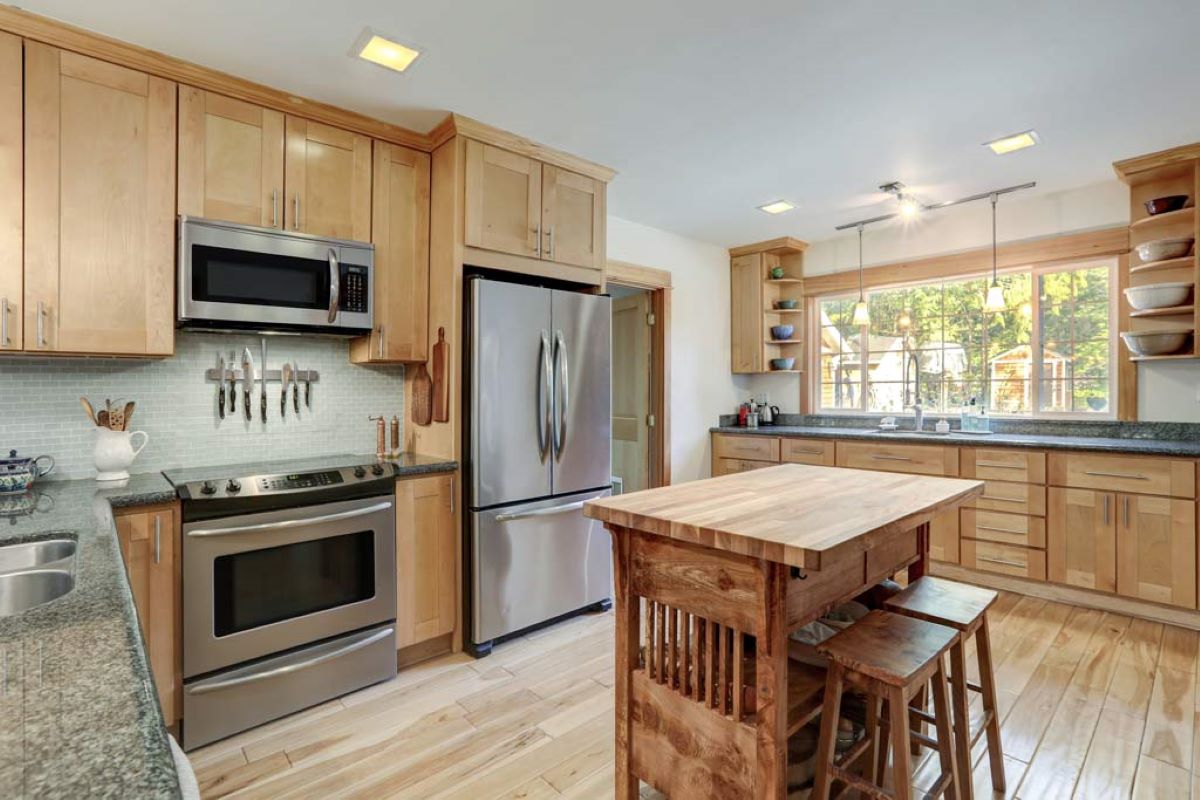
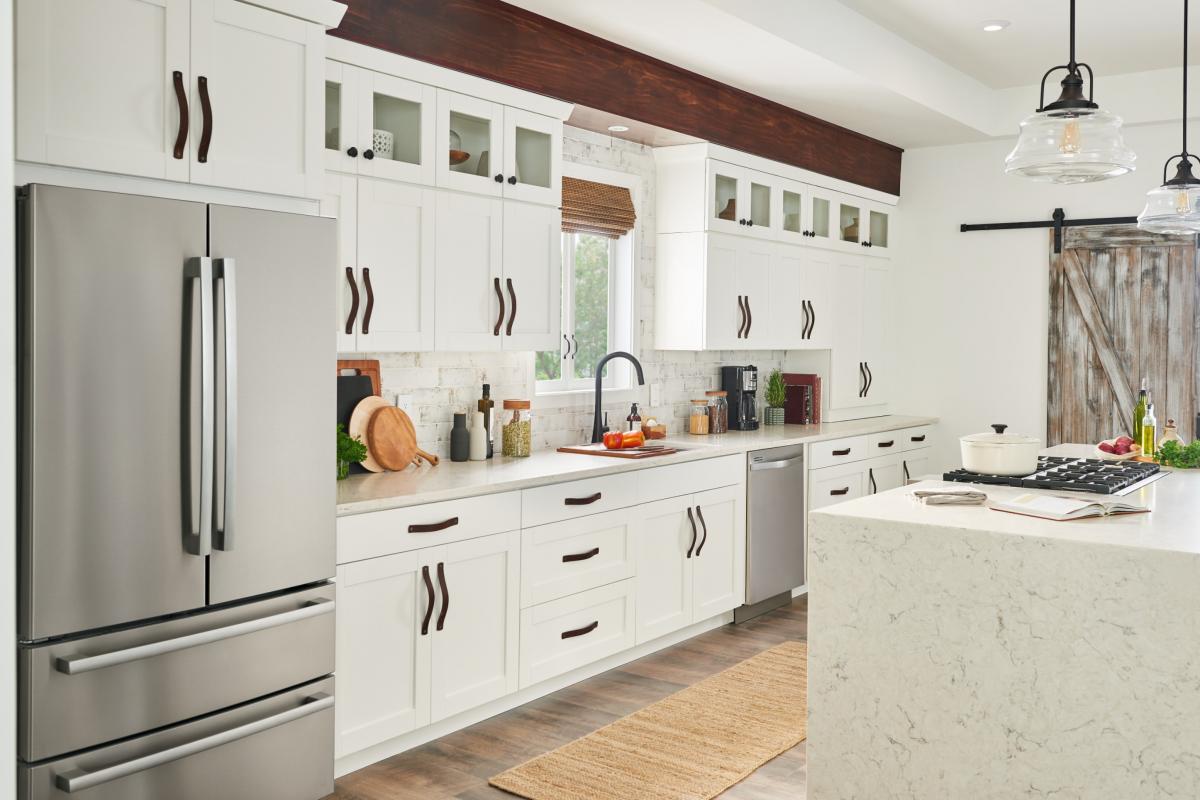
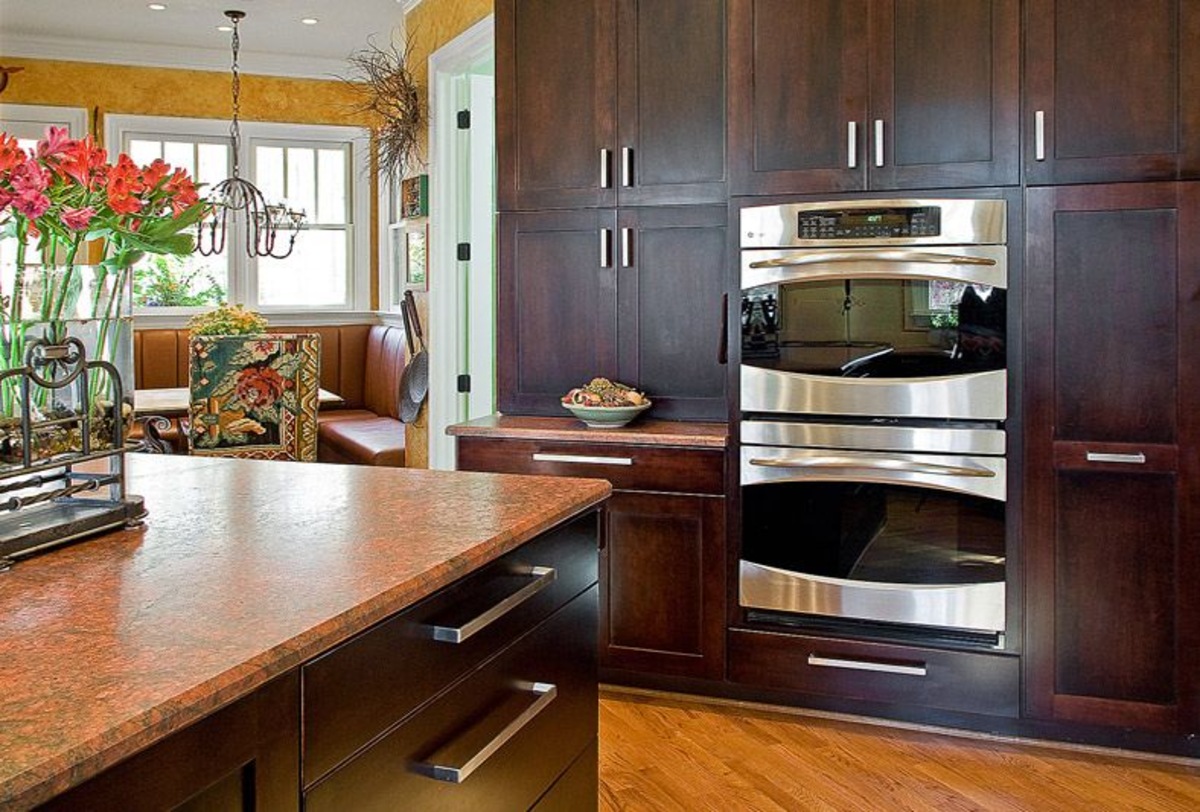

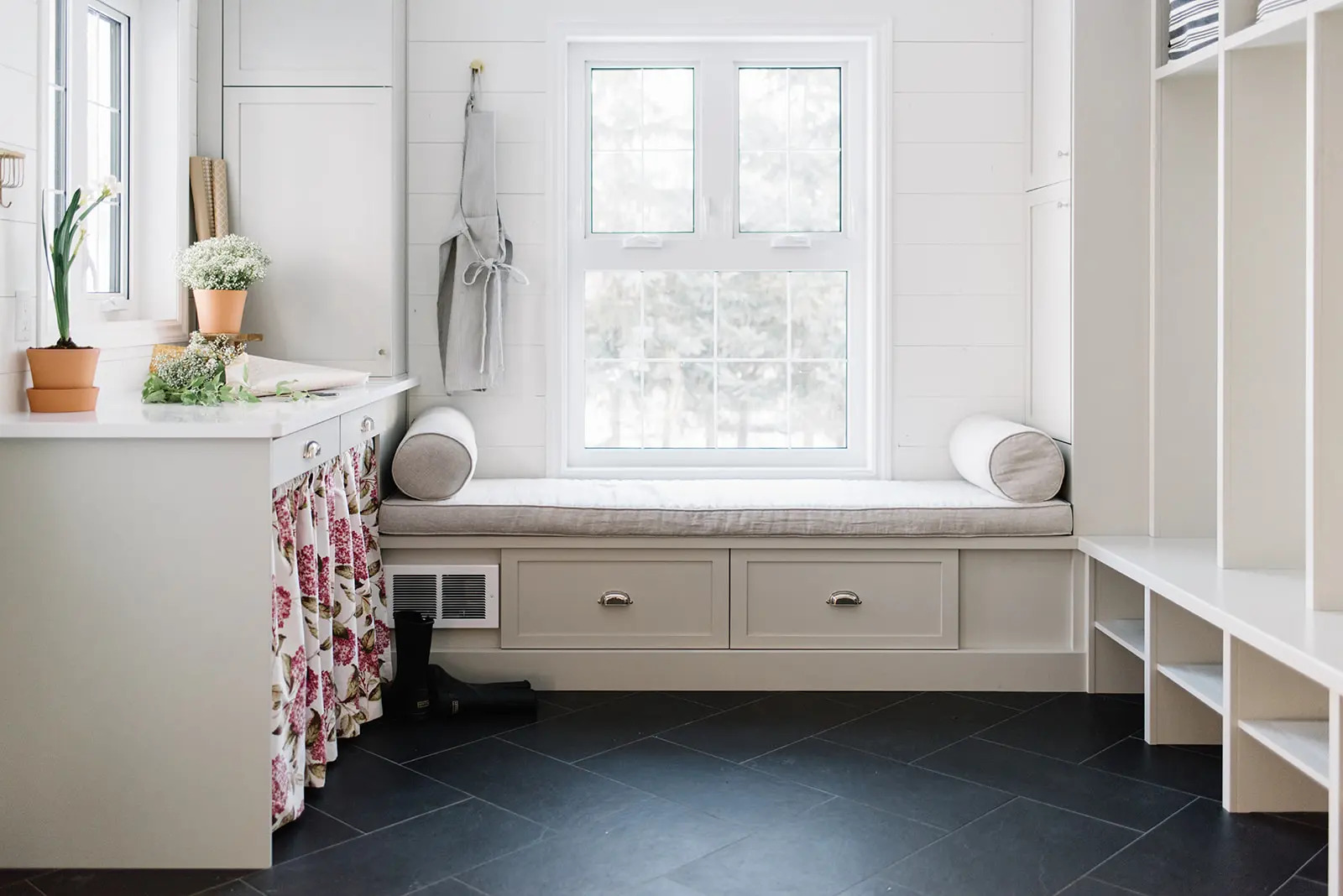


0 thoughts on “Should A Kitchen Island Be Centered? The Design Rules You Should Know”